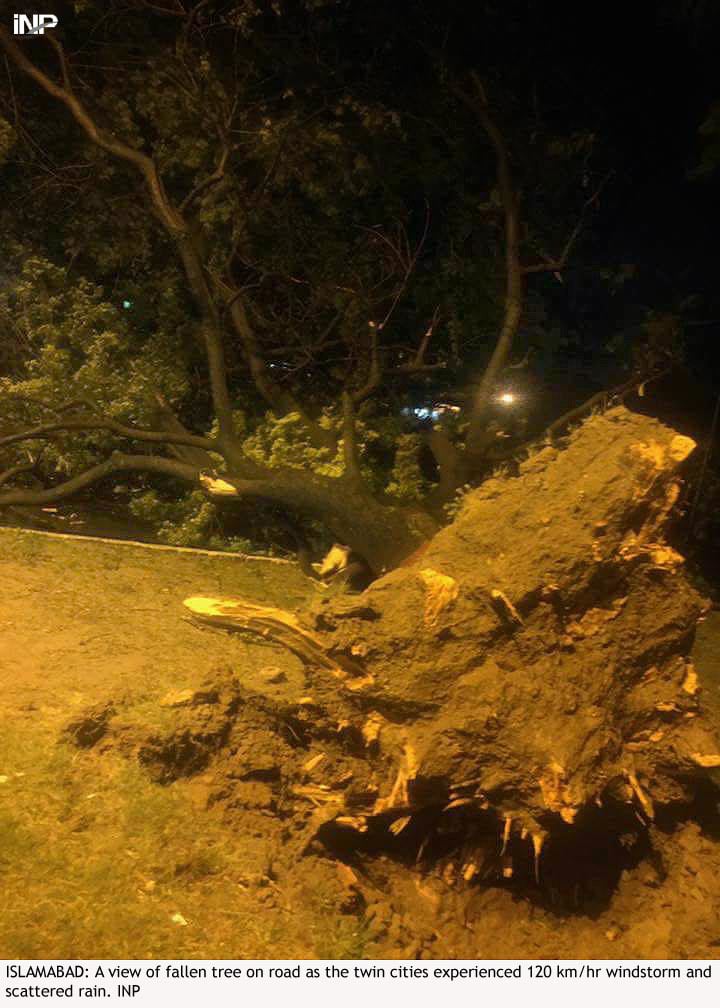
The storm was a natural event, and by no means uncommon generally but uncommon in its power. As with most events such as this, nationally there were same consequences — collapsed roofs, electricity pylons, trees and particularly advertising hoardings, all coming down bringing their own collateral damage with them. Islamabad residents were quick to point fingers at the Capital Development Authority (CDA) for not pruning the trees which were in full leaf and thus at increased vulnerability. Some damage is inevitable but equally preparedness can and does mitigate the damage. The point residents make about tree pruning is a case in point, it ought to be part of ‘good housekeeping’ with the CDA as Islamabad is a city thick with trees notwithstanding the efforts of developers. Billboards collapsing is another. Some are huge and situated atop buildings, at junctions and adjacent to areas where people will congregate to shop or eat. That so many collapse is testament to both poor construction and poor regulation. Storms cannot be prevented or predicted with absolute certainty, but we can be better protected from their effects than is currently the case.
Published in The Express Tribune, June 3rd, 2016.
Like Opinion & Editorial on Facebook, follow @ETOpEd on Twitter to receive all updates on all our daily pieces.












COMMENTS (2)
Comments are moderated and generally will be posted if they are on-topic and not abusive.
For more information, please see our Comments FAQ